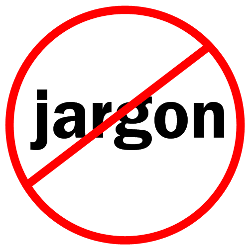How I.T. marketers can benefit from wisdom of the crowd
If you market and sell to IT buyers or do marketing and PR for an IT brand, you should know about Spiceworks.
Why? It’s an online community of two-million information-technology professionals who share views on their industry, technology and vendors just like you. Think of it as the Yammer, Yelp or TripAdvisor for the IT crowd. In other words, what HR.com and GlassDoor have become for the human-resources profession, Spiceworks is for IT.
Think “product reviews” in this context and you realize the implications for IT marketing and public relations. According to Paul Gillin, who visited the site’s reviews section recently, it’s not a pretty picture. Few vendors draw raves. And few brands bother to weigh-in or even know about it. How ironic that such a resource, whose existence owes to technology, exists in a blind-spot for so many technology marketers.
The same crowdsource forces at work in today’s consumer markets like Amazon Reviews are coming into their own in the B2B world, too. Industrial brands late to this party are paying the price in missed opportunities. Our rule of thumb is simple: whenever there is a discussion underway online about your company or product, you need to be in the middle of it. Not to dominate the conversation but to share your point of view — and understand the issues being raised. It’s just good business.
Truth be told, as ubiquitous and commonplace as social media is today it remains a question mark in B2B C-suites and boardrooms. Even in the face of the U.S. government’s approbation of crowd-sourced reviews (see saferproducts.gov). In Gillin’s view, there‘s validity in what many senior managers believe about manipulation of online reviews and polls. But this is irrelevant. The genie is out of the bottle. Ongoing engagement with customers and commentators online, is now currency of the B2B realm.
How does your brand engage with online opinion-sharing? Do you have a “crisis” plan or have one in the works? What’s been your experience?











